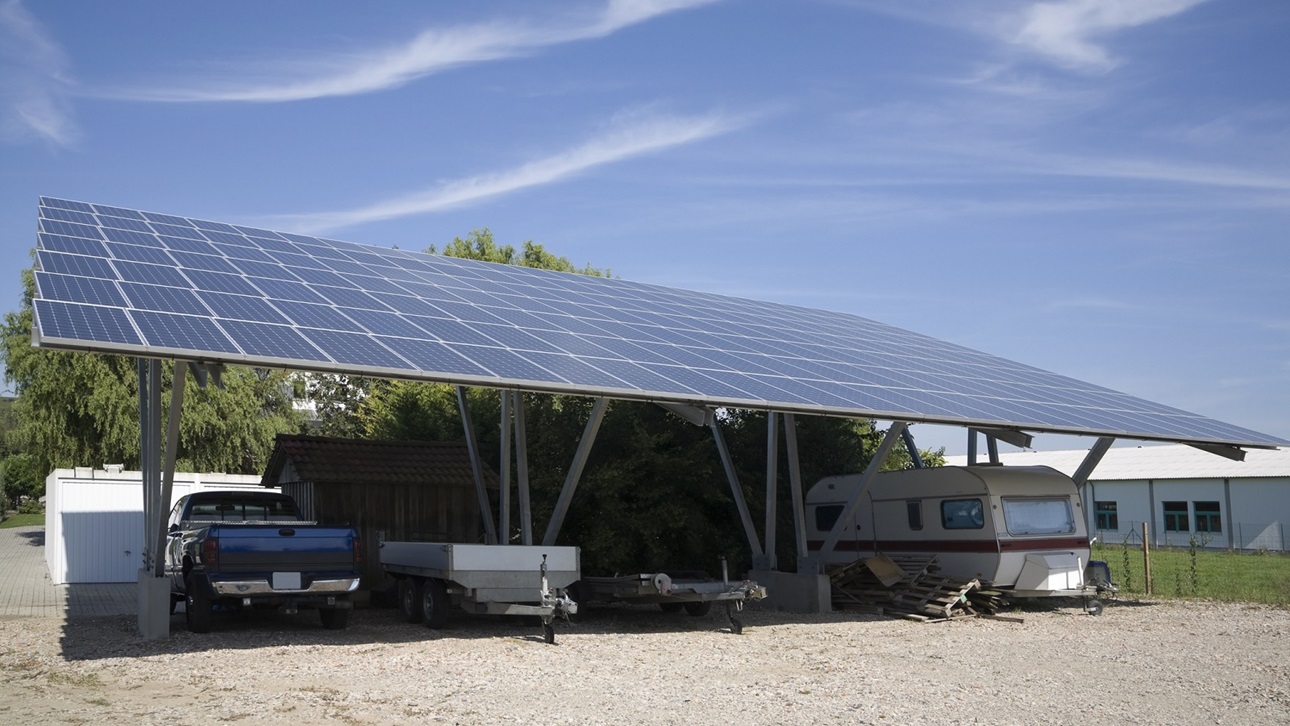US-Kit Carson Electric Cooperative, based in New Mexico, says it is now able to supply 100 percent of its daytime summer energy from solar power.
The co-op, in partnership with Guzman Energy, completed the 15-MW Taos Mesa Solar Array on June 3. It says the facility can supply around 7,500 homes with locally generated renewable energy.
The 170-acre project, near Taos, is part of Kit Carson’s overall solar capacity of 41MW across its territory plus 15 MW of battery storage.
“When we partnered with Guzman Energy in 2016, we set an ambitious goal of becoming one of the cleanest energy co-operatives in America,” said CEO Luis A. Reyes, Jr. “Providing our members with 100 percent daytime solar power, delivered by locally built and maintained solar arrays and battery storage while also reducing cost for our members, is an accomplishment we are incredibly proud of. We are serving our members the clean power they’ve been asking for while lowering costs, and we’re also helping to meet our state’s overall climate change action initiatives.”
New Mexico state governor Michelle Lujan Grisham, who has pledged a statewide 45% cut in greenhouse gas emissions by 2030, attended the ribbon cutting, noting that KCEC is leading the way for other co-operatives around the state and the country in driving the energy transition.
Kit Carson is one of several electric co-ops making a switch to renewables [ solar power ] in the USA, and in 2016 led the exodus from Tri-State, an umbrella co-op acting as a wholesale supplier with a heavy reliance on fossil fuels.
The process has involved much legal wrangling and costly buyouts for electric co-ops – although Tri-State says it is now in the process of adopting more renewable energy itself.
Other electric co-ops have been trying to leave their wholesale contracts but have had their bids dismissed in court. In separate judgments in April, Dakota Energy Cooperative was told its contract with East River Power Cooperative must run through 2075, while Marlboro Electric Cooperative, in South Carolina, was ordered to wait till its contract with Central Electric Power Cooperative expires at the end of 2058.
Kit Carson has been using Guzman as its supplier since leaving Tri-State and says the move offers more control over its energy mix, and gives its members more cost-effective and rate-stable local energy. It will complete repayment of its exit fee from Tri-State by the end of June 2022, adding that its members will see a decrease in their electric bills with savings of up to 25 percent under the new arrangement.
Other recent developments in solar for the US electric co-op sector include a purchase agreement for a 98mW project in Louisiana. The Bayou Galion solar project, developed by Recurrent Energy, in Morehouse Parish, will serve five rural electric co-ops, and is capable of powering more than 18,000 homes and offsetting the equivalent of 170 metric tons of CO2 emissions per year.
It will form part of 1803 Electric Coop’s portfolio of solar power. The co-op said: “Being able to provide a reduction in future rates for our members is extraordinary. We are pleased to partner with Recurrent Energy, a well-respected solar and energy storage developer, and we look forward to bringing this project online.”
Meanwhile in Colorado, Holy Cross Energy has honoured the memory of its member Adam Palmer – a campaigner for social justice and sustainable energy who was killed in a skiing accident – by building a solar array in his name.
A team of 80 volunteers built the Adam Palmer Solar Garden, a community array that will move the town closer to its goal of 80 percent clean energy by 2050 and provide a way for low-income co-op members to save money on their bills with local renewables.
“He was such a force in the community; people really wanted to do something. Throughout the two days, people just kept showing up,” Jenna Weatherred, vice president of member and community relations at Holy Cross Energy, told the website of national sector apex NRECA.
The 200-kilowatt solar garden uses a “racking system” designed by PowerField Energy that requires no construction to install. Another 200-kilowatt garden using the same technology is located at HCE’s headquarters in Glenwood Springs.
The memorial solar garden is the co-op’s second offering under its Income-Qualified Community Solar programme, which cuts bills in half for members earning 80 percentof the median area income.
There are still concerns over barriers to the growth of renewables in the electric co-op sector, in terms of capacity and knowledge, which has prompted sector experts to collaborate on the Solar Value Project. This offers online resources to introduce rural co-ops to the clean energy industry, with guide to the initial steps of planning and purchasing.
Led by New Mexico-based consultancy Cliburn and Associates, initiatives of the project include Solar-Plus for Electric Co-ops [SPECs], launched in 2020 “to help optimise the planning, procurement, and operations of battery storage and solar-plus-storage for electric co-operatives”.
SPECs was selected by the US Department of Energy’s National Renewable Energy Laboratory [NREL] for Round 2 of the Solar Energy Innovation Network [SEIN]. The SPECs team also includes North Carolina Clean Energy Technology Center, Cobb Electric Membership Corporation, Kit Carson, United Power, and other leaders from the co-op sector and the storage industry.
https://thecooperator.news/category/cooperatives-communities/
Buy your copy of theCooperator magazine from one of our countrywide vending points or an e-copy on emag.thecooperator.news
